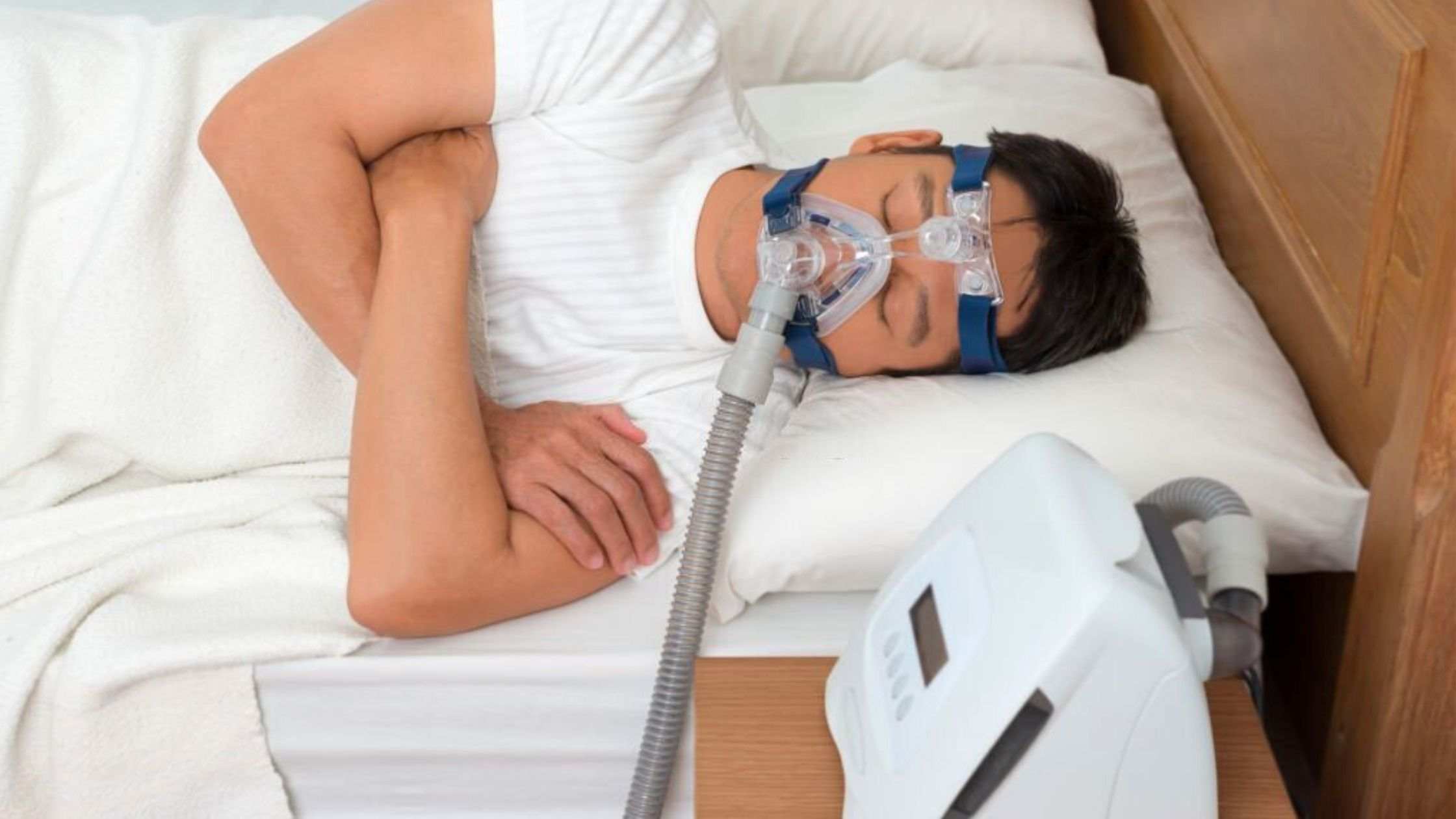Best Oropharyngeal Muscle Exercises For Obstructive Sleep Apnea

Are you someone who wakes up in the middle of the night being unable to catch your breath? Do any of your loved ones have those loud unbearable snores that make the other person unable to sleep properly? These symptoms can be the serious implications of an underlying condition known as Obstructive Sleep Apnea. People who suffer from Obstructive Sleep Apnea experience so much difficulty in getting a good night’s sleep. This can later lead them to develop certain risky conditions. Studies have proven a specific set of exercises known as oropharyngeal muscle exercises can help in relieving the symptoms of Obstructive Sleep Apnea.
This set of exercises, also known as myofunctional therapy, is an innovative method to deal with the problems of Obstructive Sleep Apnea. Through this article, I will be sharing some of the oropharyngeal muscle exercises that you can do at your own time and pace. This article will also give you an idea of the overview, symptoms, and risk factors of Obstructive Sleep Apnea and how following the oropharyngeal muscle exercises can cure this condition.
What Is Obstructive Sleep Apnea?
Obstructive Sleep Apnea is a common nocturnal-breathing disorder that affects many people. It is a kind of sleep apnea where you start to stop and continue breathing while you sleep. This can cause a huge hindrance to the normal flow of your sleep which might lead to serious risk factors later. Obstructive Sleep Apnea happens when your throat muscles resist the pathway for your air to breathe smoothly during your sleep. As a result, your upper airway collapses in between causing you to suddenly wake up. This condition is normally found in older adults but studies have shown that it can affect anyone. One of the common symptoms of Obstructive Sleep Apnea is snoring between intervals with some long pauses of silence. If left untreated, Obstructive Sleep Apnea can result in grave health issues like hypertension, cardiac diseases, and even death.

Major symptoms of Obstructive Sleep Apnea
Some certain signs and symptoms indicate if you are affected by Obstructive Sleep Apnea. Some of them are listed below:
- Daytime sleepiness and fatigue
- Snoring which is loud and disturbing to others
- Episodes when breathing gets stopped amidst sleep
- Sudden waking up due to a lack of breath or choking
- Waking up with a sore throat
- Waking up with a severe headache
- Being unable to focus on day time
- Changing moods like irritation and depression
- Hypertension or exceeding level of blood pressure
- Lack of sexual desire or libido
Risk factors of Obstructive Sleep Apnea
There is no specific age group that gets affected by Obstructive Sleep Apnea. Anyone in any age group can get affected by it. Still, some risk factors can put you in an increased risk phase for Obstructive Sleep Apnea. Some of these are listed below:
- Being overweight: Studies have shown that if you have fat deposited around the upper airway, it can hinder the function of your smooth breathing. Also, people who are obese have a high chance of developing hypothyroidism and PCOS which have been proven to be linked with being a risk factor for developing Obstructive Sleep Apnea later on.
- Age: Age can be a risk factor for developing Obstructive Sleep Apnea. The higher the age, the more risk it can cause. Still, some studies have shown that it can be balanced after one hits the 60s and 70s.
- Shrunken air passage: When your airways get narrowed, it can naturally lead to Obstructive Sleep Apnea. This can happen either because your airways are naturally narrow or because of some tonsils that block your air passage.
- A condition of hypertension: Studies show that people who have high blood pressure develop Obstructive Sleep Apnea more.
- Nocturnal nasal congestion: People who are affected with nocturnal nasal congestion have a double chance of developing Obstructive Sleep Apnea than normal people.
- Family history: Genetics can also play a key role in developing this condition as if one of your parents has the conditions, chances for you to develop it is higher.
How can Oropharyngeal exercises stop Obstructive Sleep Apnea?
Many studies have shown that oropharyngeal muscle exercises if done properly can reduce the symptoms of Obstructive Sleep Apnea. This is because the upper airway muscles in your body can play a crucial role in keeping the stamina of the upper airway passage and thereby decide the probability of getting affected by Obstructive Sleep Apnea. The major reasons that cause this condition are either weak airway muscles, lack of proper tongue posture, or the condition of breathing through the mouth when you sleep. When you practice oropharyngeal muscle exercises, the airway and tongue muscles get toned up and it will also enhance breathing through the nose.

List of Oropharyngeal exercises for Sleep Apnea
Research has shown that for people with Obstructive Sleep Apnea, practicing certain mouth and throat exercises can do great benefits. These are also called ‘myofunctional therapy’ or ‘oropharyngeal exercises’. Various types of exercises can be grouped as tongue, face, and throat exercises based on the specific part that gets the benefits. It is suggested that you should practice these exercises two to three times a day.
Exercises for the tongue
➡Tongue Slide: adjust the tip of your tongue at the back of your front teeth. Slide it backward with the tip touching the mouth roof. Practicing this 5-10 times a day can help you to have strong tongue and throat muscles.
➡Tongue Push-Up: Press your tongue upwards against the mouth roof and stay for 10 seconds. Practicing this 5 times a day can help you to enhance the palate and tongue strength.
➡Tongue Stretch: Stretch out your tongue as long as possible. Touch your chin with the tip of your tongue and look at the roof. Stay in this position for 10-15 seconds and try to do it for longer durations eventually. Continuously doing this exercise 5 times a day can enhance the strength of your tongue.
➡Tongue Push Down: Place the tip of your tongue on your lower teeth and push it against the mouth floor for 10 seconds. Repeating this 5 times can increase the tone and strength of your tongue and soft palate.
You might also like to read: These 10 Exercises Will Help You Lose Weight After You Give Birth
Exercises for face
➡Cheek Hook: Try pulling your right cheek outwards. Use your facial muscles to pull the same cheek inwards. Do the same on your left cheek. Repeating the process 10 times each day can help in the closure of your mouth while you breathe.
➡Close your mouth by putting tightly closed lips. Open your mouth and relax your lips and jaws. Continue this 10 times. This exercise can enhance the jaw and facial muscles’ tone and strength.
Exercises for breathing through the nose
➡This is more like the Pranayama in Yoga. Close your mouth and inhale using your nose. Now, close one of the nostrils and breathe the air out through the other one. Repeat this process by involving the alternate nostrils. This process can enhance your nasal breathing and help maintain the airway when you sleep.
Some other ways include:-
➡Try pronouncing vowels
When you pronounce different vowels, it can affect the throat muscles and by repeating it, you can tone your throat muscles.
➡Try Singing
Studies have shown that singing can reduce the frequency of your snoring. A study published in the International Journal of Otolaryngology and Head & Neck Surgery in 2013 evaluated how singing can reduce snoring using randomized controlled trials.
Conclusion
Researches show that just practicing oropharyngeal exercises 8 minutes per day and repeating them for 3 days a week can have positive impacts on treating Obstructive Sleep Apnea. As a major variation of Sleep Apnea, Obstructive Sleep Apnea happens when your breathing gets partial cessation in the intervals of your sleep. This condition can have lethal after-effects if left untreated. Oropharyngeal exercises or Myofunctional therapy is an innovative way to treat Obstructive Sleep Apnea from the comfort of your home. It can be used as an alternative treatment for OSA or can be coupled with the existing treatment. This includes a combination of mouth, tongue, and throat exercises that can tone the muscles in these parts and thereby reduce the symptoms of Obstructive Sleep Apnea.





